Dr. Jennifer Dysart, featured in “The Innocence Files”, explains how memory affects identification and how to prevent eyewitness misidentifications.
How Eyewitness Misidentification Can Send Innocent People to Prison
Innocence Project staff attorney Alexis Agathocleous breaks down why eyewitness identification endangers innocent people and is the leading cause of wrongful convictions.
Special Feature 04.15.20 By Innocence Staff
Eyewitness misidentification is a consistent and outsized contributor to wrongful convictions. Nationally, 69% of DNA exonerations — 252 out of 367 cases — have involved eyewitness misidentification, making it the leading contributing cause of these wrongful convictions. Further, the National Registry of Exonerations has identified at least 450 non-DNA-based exonerations involving eyewitness misidentification.
“The Innocence Files” – the Innocence Project-inspired docu-series on Netflix – exposes how inaccurate eyewitness identifications and improperly conducted police lineups led to the wrongful convictions of Franky Carrillo in California and Thomas Haynesworth in Virginia. Their cases are featured in part two of the series, The Witness (episodes 4-6).
In this special feature, we ask Alexis Agathocleous, Innocence Project staff attorney and expert in eyewitness misidentification reform, to define eyewitness identification, describe how it can lead to wrongful convictions and discuss the policies and practices being implemented in courthouses and police departments across the country to protect against it.
What are the most unreliable practices when it comes to eyewitness identification?
Our cases, coupled with decades of research into eyewitness memory, have taught us that human memory is fragile. It can be incomplete and faulty as we perceive an event; it deteriorates and can be contaminated while we store it; and each attempt at recall can lead to further alteration.
We simply don’t reliably encode everything we see. To illustrate this point, you may remember the fierce debate about “the dress” from several years ago. Take a look at this image:

Courtesy of Wikicommons.
What colors do you see?
Some people see this dress as blue and black; others see it as gold and white. That is because our brains are processing the image differently based on the background illumination and subconsciously making a “decision” about what it’s seeing — which, simply put, can sometimes be wrong. (The dress, in reality, was black and blue.)
Memory also deteriorates while we store it. Research dating back to the 19th century shows that we rapidly forget what we have seen and heard, and that memory doesn’t improve over time, as this “forgetting curve” illustrates:
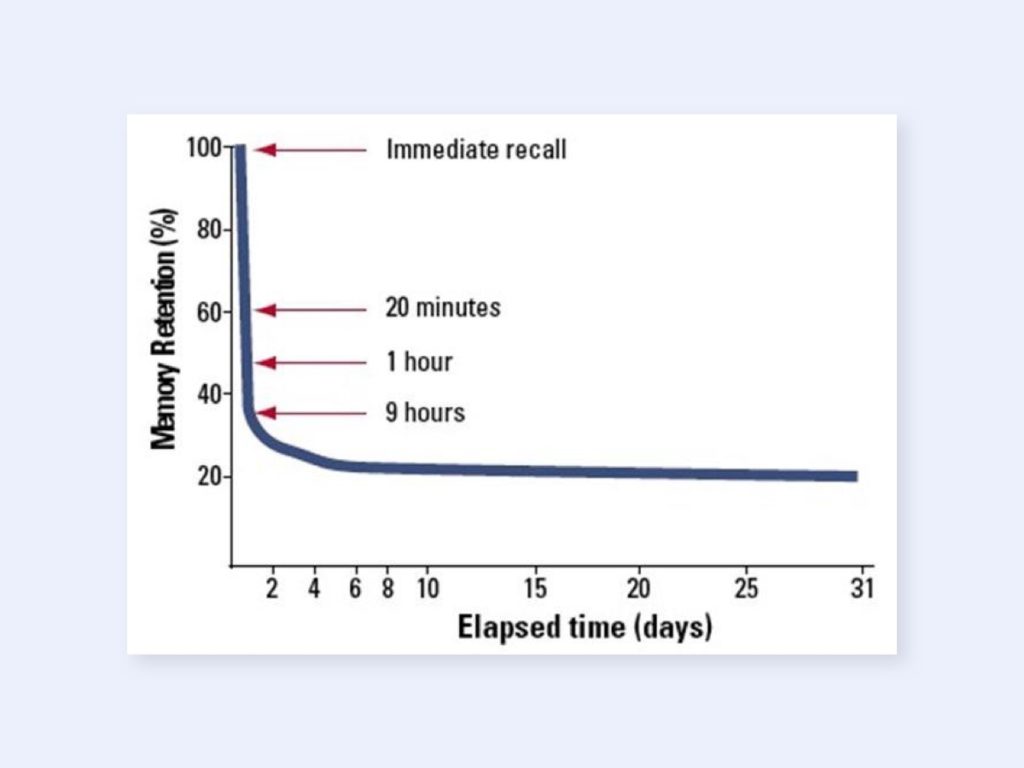
Memory is extremely malleable as we store and recall it. Information we learn after witnessing an event — from other witnesses, police investigators and the media — as well as the ways in which we are asked questions about what we saw can profoundly alter our memories.
Here’s an exercise to illustrate this point. Pick out the penny from the below line-up:
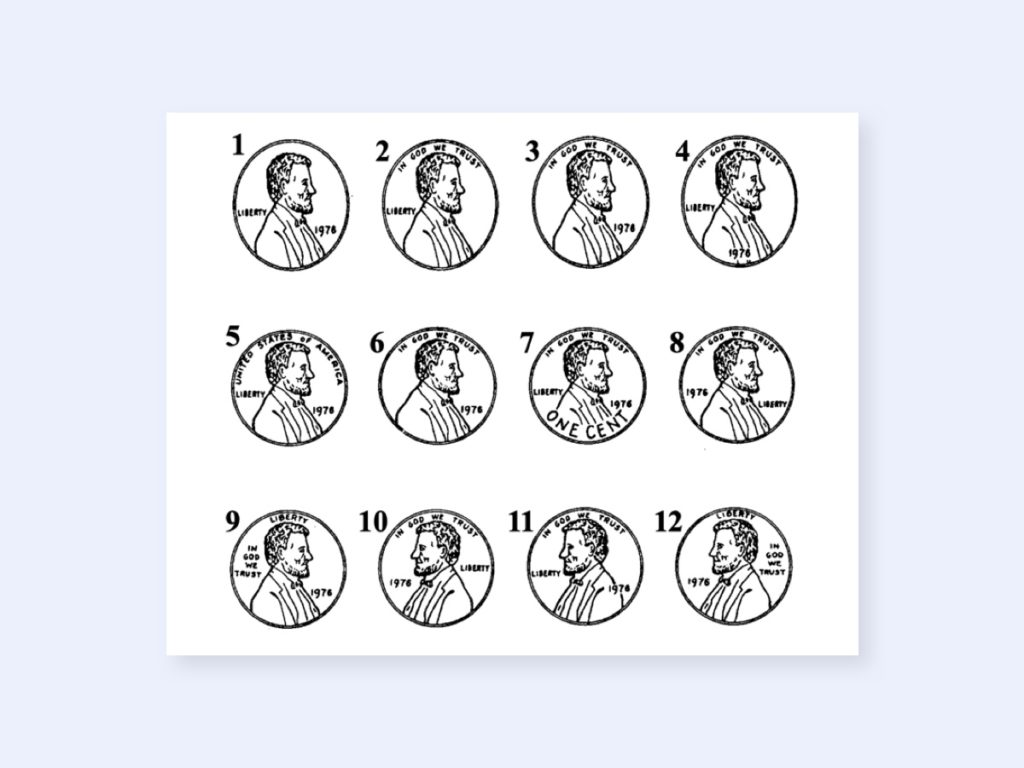
Which penny did you choose and why?
In fact, none of these is a penny; however, you were likely to select one of these options because you read the words, “Pick out the penny.” This directive led you to assume that the penny was there and you simply had to reason your way to the “right choice” based on your memory of what a penny looks like — which turns out to be quite unreliable, even though you’ve seen a penny hundreds of times.
If I had told you that this “line-up” may or may not include a penny, you likely would have approached the task differently and not assumed the penny was necessarily there. In other words, you would have been less likely to misidentify the penny. This exercise illustrates how the way we ask questions can profoundly influence the answer.
The same is true of an actual line-up. Police officers must instruct witnesses that the perpetrator may or may not be present in a line-up in order to help ensure that these witnesses don’t assume that the perpetrator is there, feel pressured to make a choice and pick someone out who most resembles their memory of the perpetrator. Otherwise put, it’s important that law enforcement treat eyewitness identification evidence with the same care that physical evidence requires: it must be both carefully gathered and preserved.
Practices that profoundly increase the chances of misidentification include: using line-ups in which the suspect stands out or is the only person who truly fits the description provided by the witness; putting the same suspect in repeated identification procedures, making that suspect seem more and more familiar to the eyewitness; or unnecessarily using a show-up, where only a single suspect is presented to the eyewitness. These kinds of “suggestive” procedures guide the eyewitness towards the police suspect and have consistently resulted in the misidentification of innocent people.

“There is almost nothing more convincing than a live human being who takes the stand, points a finger at the defendant, and says 'That's the one!'”
“There is almost nothing more convincing than a live human being who takes the stand, points a finger at the defendant, and says 'That's the one!'”
William J. Brennan Late U.S. Supreme Court Justice
How is eyewitness misidentification a systemic issue?
Duke University School of Law Professor Brandon Garrett, who has closely studied our cases, identified evidence of suggestive police practices in almost 80% of our misidentification cases. It is critical that we all understand that it is only in a rare case that an eyewitness intentionally provides a misidentification. When eyewitnesses are mistaken, they are not lying – they sincerely believe that they have identified the right person and have often been led to that belief by poor or biased investigations. Therefore, it is incumbent on the criminal justice system itself to embrace reforms that help to avoid these tragedies.
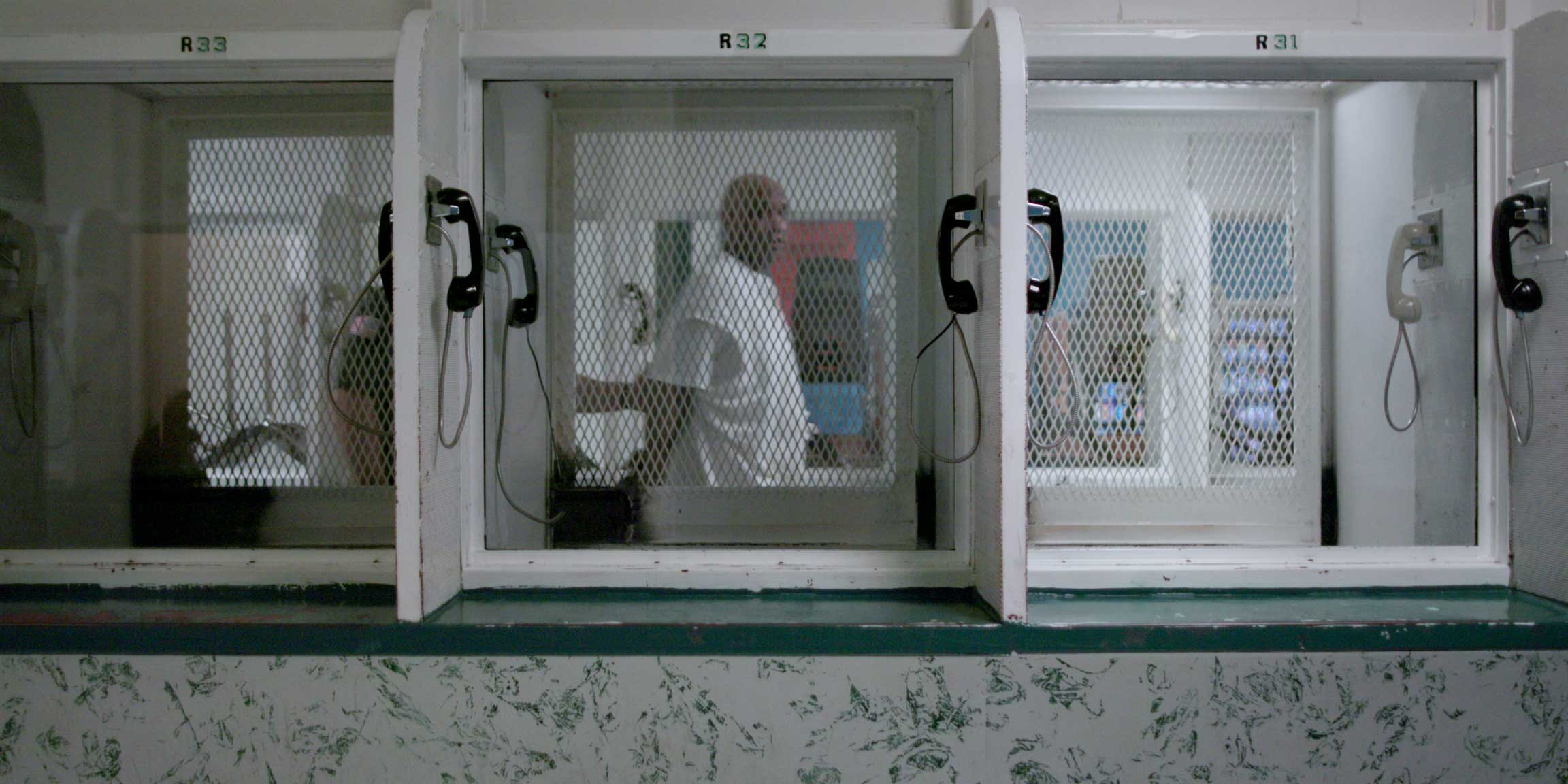

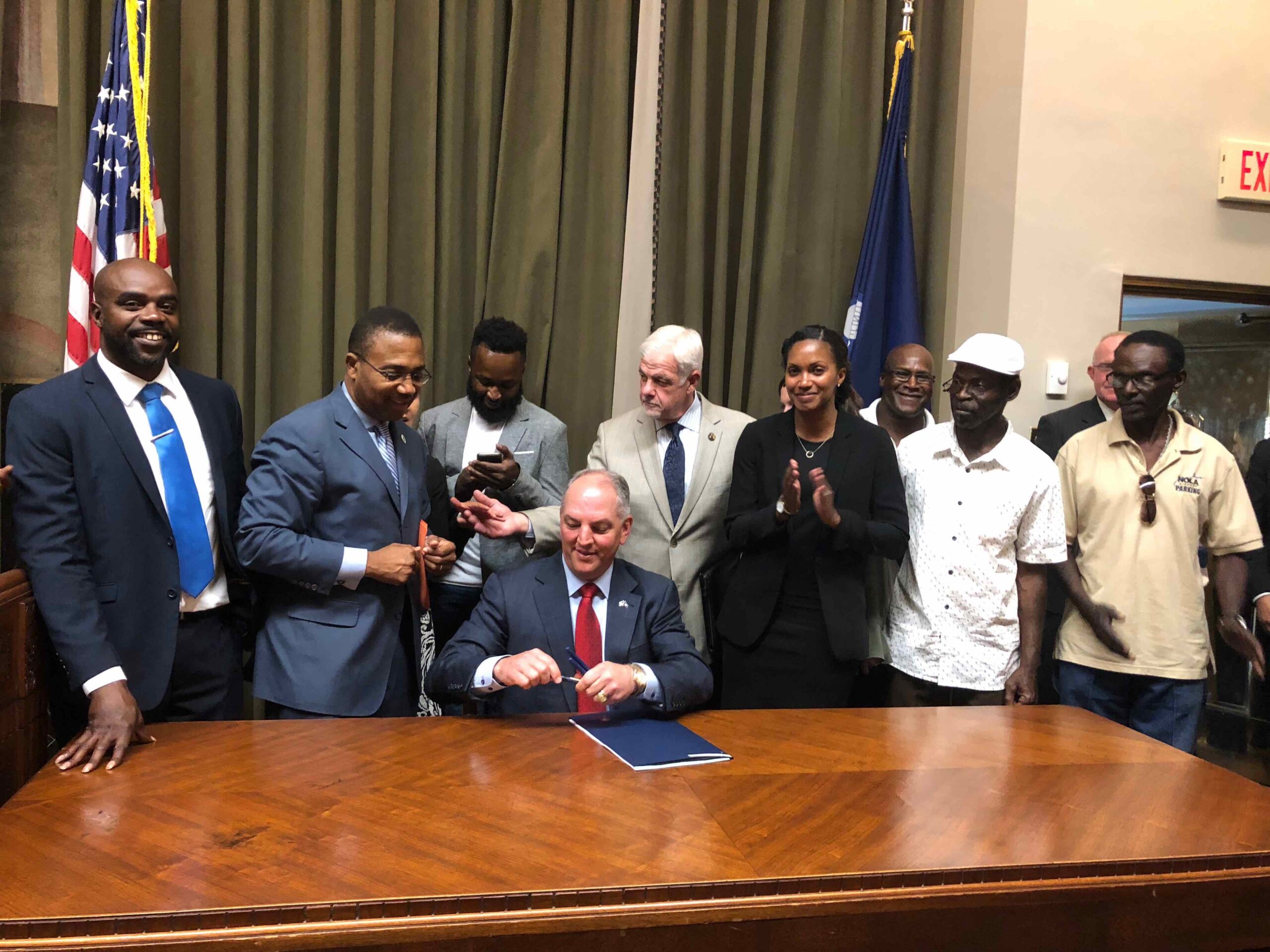
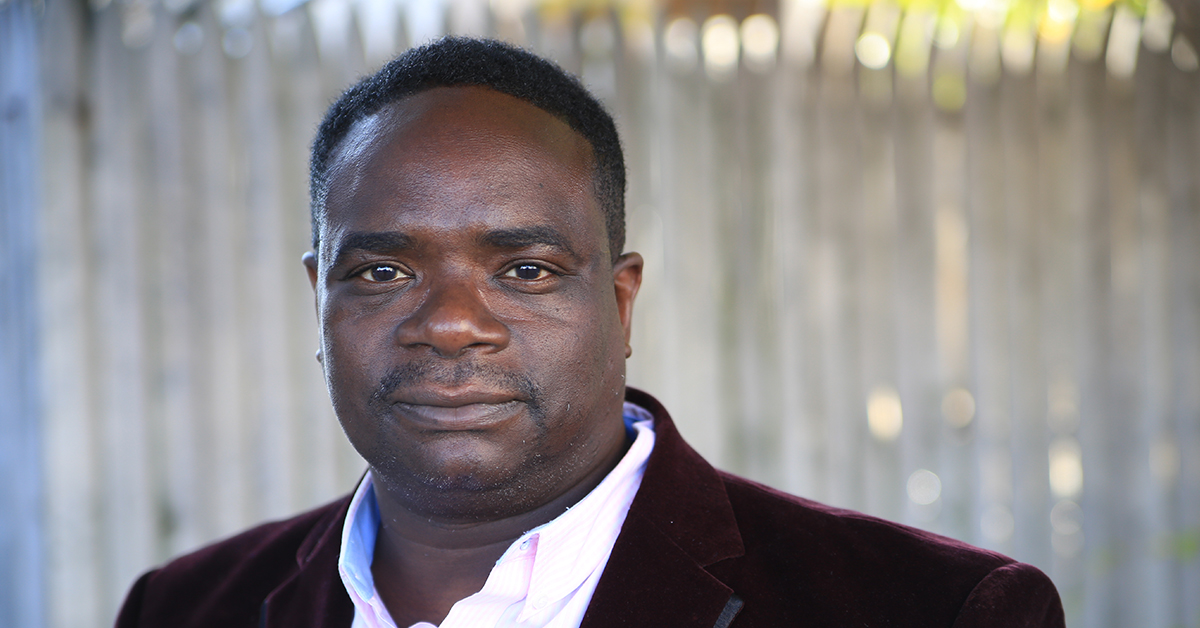
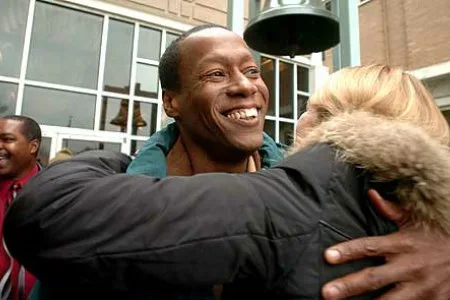
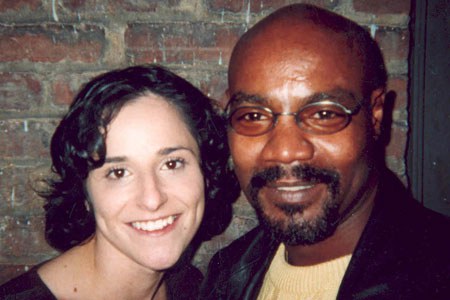

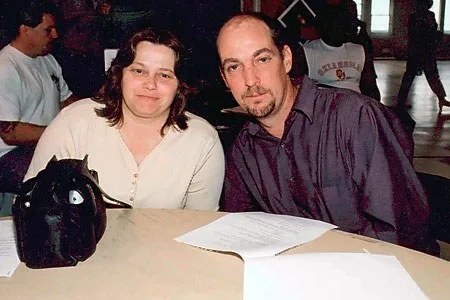

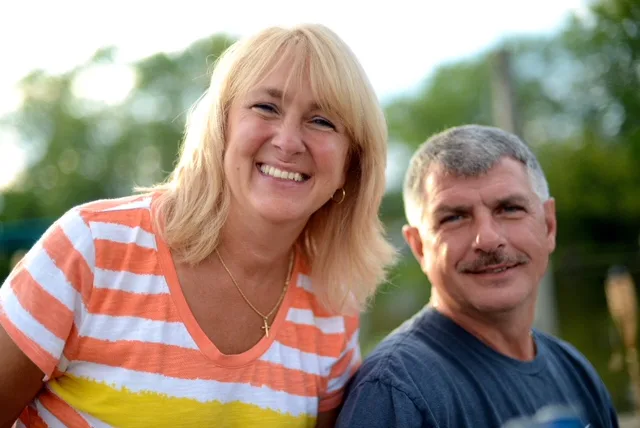

Leave a Reply
Thank you for visiting us. You can learn more about how we consider cases here. Please avoid sharing any personal information in the comments below and join us in making this a hate-speech free and safe space for everyone.